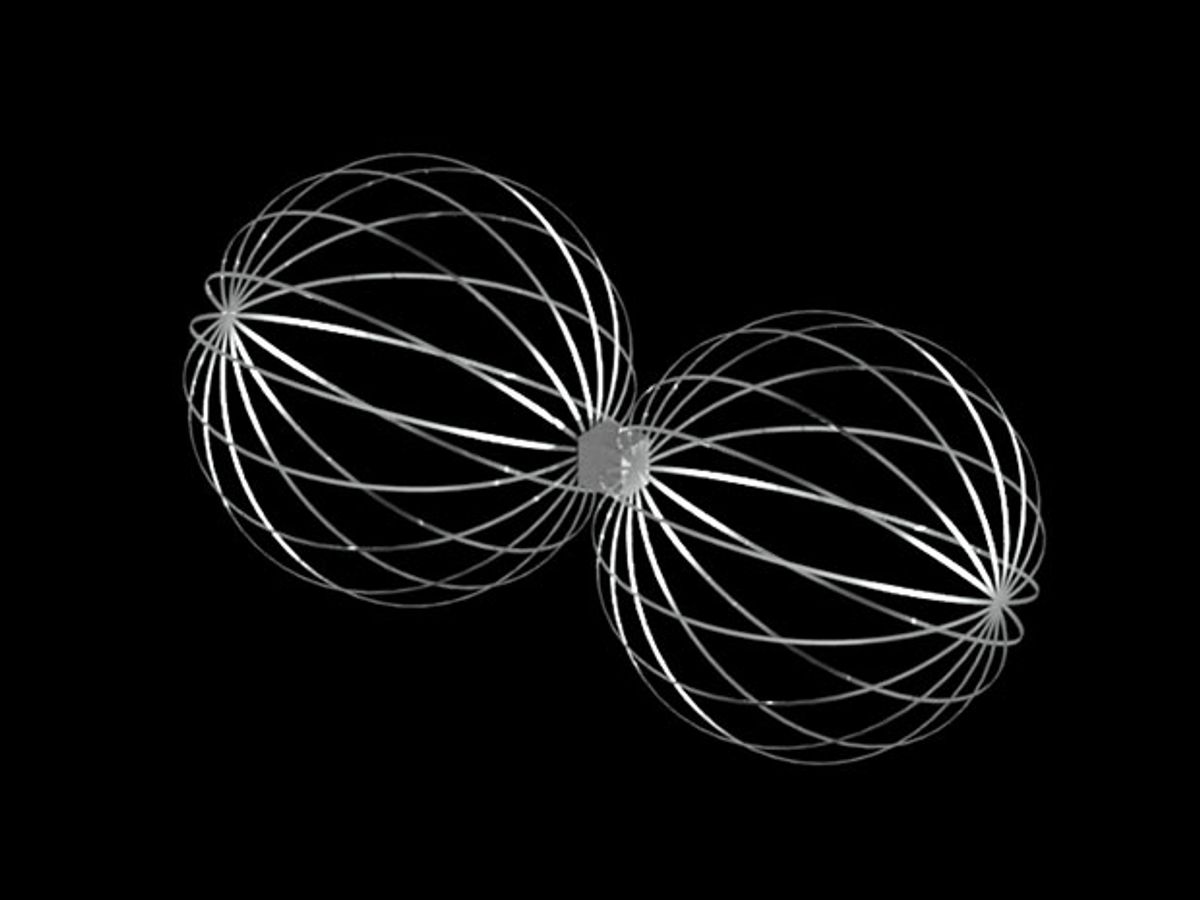One of the biggest constraints on exploration of the solar system is fuel. Spacecraft need fuel to get where they're going, and they need even more fuel in order to do what they're supposed to do once they arrive. Though energy (electricity) can be replenished for years (or even decades) with solar panels or RTGs, once you run out of reaction mass, your spacecraft is through. (If you're smart, you'll have suicided it into something well before then.)
Propulsion systems like ion engines and electrospray engines can use small amounts of fuel very efficiently, but only postpones the problem of limited reaction mass as opposed to solving it. Fortunately, some very smart people are working on alternative means of fuel-free propulsion; one of the least crazy ones has been funded NASA as part of its Innovative Advanced Concepts Program. It’s called E-Glider, and it uses electrostatic fields to surf through the charged dust found around asteroids, comets, and moons.
Around airless bodies, the objects in space that range in size from asteroids to either small moons or large space stations, you can reliably find a sort of haze of dust, caused by the solar wind as well as solar illumination imparting energy to the surface which results in dust particles "fountaining" up. This energy transfer also causes the dust to become electrically charged, with the illuminated side of the body exhibiting a positive surface potential and the dark side of the body accumulating electrons which results in a negative surface potential. The terminator (the area between the dark side and illuminated side) can have an electrical potential of several hundred kilovolts per meter, while on average, the surface of an asteroid could exhibit electric fields of around 1 kV/m.
Usually, dusty and variably electrically charged environments are something that spacecraft do their absolute best to avoid, but JPL thinks that there may be a way to leverage this kind of environment to propel a spacecraft. A field of 1 kV/m has enough electrical potential to “lift” a small vehicle weighing about one kilogram. The vehicle would use 1-meter-diameter metal “wings” for electrostatic (rather than aerodynamic) flight, articulating them to move through ambient electrostatic fields. The energy to do this comes from the solar wind by way of whatever body the vehicle is next to, giving the craft maneuvering fuel that won't run out until the sun shuts down (at which point you likely have bigger problems).
This E-Glider concept is very, very conceptual, even for this particular program, which is all about concepts. But the researchers think that it will likely work. Probably. Well, at least there aren't an overwhelming number of physical reasons that should prevent it from working. They're currently in the middle of a bunch of modeling, and they've done a few very preliminary small-scale experiments with some wings that use electrostatics to “inflate.”
The next step is to try to better understand the electrical environment around asteroids, along with more preliminary design and testing of individual components. JPL also tantalizingly suggests that this research could, potentially, lead to “new forms of transportation on the Earth.” I have no idea what they're talking about, but I want to ride in one anyway.
Evan Ackerman is a senior editor at IEEE Spectrum. Since 2007, he has written over 6,000 articles on robotics and technology. He has a degree in Martian geology and is excellent at playing bagpipes.



